In the heart of Fukuoka, as dusk settles and the neon lights begin to flicker to life, a distinct part of the city's soul awakens. This is the domain of the Yatai, the iconic mobile food stalls that have become synonymous with the city's vibrant nightlife and culinary culture. More than just a place to grab a quick meal, these open-air kitchens offer a deeply immersive cultural experience, a portal into the communal and historical heart of Japanese street food. For any visitor, a night spent hopping from one Yatai to another is not merely about dining; it's about connection, tradition, and the simple, profound joy of a steaming bowl of ramen shared with strangers under the night sky.
The history of the Yatai is as rich and layered as the broth of their signature tonkotsu ramen. Their origins can be traced back to the post-World War II era, a time of scarcity and rebuilding. These makeshift stalls provided an accessible and affordable way for entrepreneurs to start a small business and for a recovering population to access a warm, nourishing meal. They were the original fast-food outlets of Japan, but with a homemade, artisanal quality that chains could never replicate. Over the decades, as Japan catapulted into economic prosperity, the Yatai endured. They evolved from basic necessities into cherished cultural institutions, weathering city regulations and modernization. Today, they stand as delicious anachronisms, beloved reminders of a grittier, perhaps more authentic, past. Their numbers have dwindled from a peak of several hundred to now just over a hundred licensed stalls, making each encounter feel all the more special, a taste of living history.
Finding a Yatai is an adventure in itself. They are not signposted on tourist maps with fixed addresses. Instead, you must seek them out. As evening approaches, usually around 6 PM, a quiet transformation occurs in specific districts, particularly in Nakasu, Tenjin, and along the riverbanks. From seemingly nowhere, proprietors arrive with their custom-built carts and, with a practiced, rhythmic efficiency, unfold and assemble their entire restaurant in a matter of minutes. Walls and awnings go up, a long wooden counter is revealed, stools are placed around it, and lanterns are lit, casting a warm, inviting glow. The sizzle of the grill and the fragrant steam from large pots soon fill the air, creating an irresistible beacon for hungry passersby. This nightly ritual is a performance, a testament to the resilience and dedication of the Yatai masters.
The atmosphere within the glow of a Yatai lantern is a world apart from a conventional restaurant. Seating is always at the counter, a design that inherently fosters a sense of community. There are no private tables, no quiet corners. You will inevitably find yourself elbow-to-elbow with a diverse cross-section of humanity: boisterous office workers still in their suits unwinding after a long day, young couples on a date, groups of friends laughing loudly, and wide-eyed tourists like yourself. The close quarters dissolve social barriers. Conversations spark easily; a comment on the food leads to a shared story, a recommendation for another stall, or a cheerful kanpai! (cheers) with a raised glass of beer. The master, or ojisan, working the tiny kitchen directly in front of you, is both chef and ringmaster, orchestrating the meals while often engaging in friendly banter with his guests. It is loud, intimate, chaotic, and utterly magical.
While menus can feature an array of Japanese comfort foods like yakitori (grilled skewers), oden (a simmered hotpot dish), and gyoza (pan-fried dumplings), the undisputed king of the Yatai is Hakata-style tonkotsu ramen. This is not just any ramen; it is Fukuoka's gift to the culinary world. The broth is the star—a creamy, opaque, and intensely flavorful liquid made by boiling pork bones for hours, even days, until the collagen and marrow emulsify into the water, creating a rich, velvety consistency that coats every strand of noodle. The noodles themselves are uniquely thin, straight, and firm, designed to be eaten quickly before they soften in the hot broth. Customization is key. It is perfectly acceptable to order kaedama, an extra serving of noodles, to add to your remaining soup for a second round. Toppings are typically minimalist: slices of tender chashu (braised pork belly), finely chopped scallions, pickled ginger, and sesame seeds, allowing the profound depth of the broth to remain the focal point. Slurping is not just tolerated; it is encouraged, as it aerates the noodles and broth, enhancing the flavors and showing appreciation for the meal.
Behind every great Yatai is its master, the Yatai-owner. These are not mere vendors; they are artisans, historians, and pillars of their community. Many stalls have been run by the same family for generations, with recipes and techniques passed down from father to son or daughter. The space they work in is unbelievably compact, often no larger than a few square meters, yet within it, they perform a complex ballet of cooking, serving, and cleaning with breathtaking precision and grace. Engaging with the ojisan is a core part of the experience. While some might be gruff and focused solely on their craft, many are charismatic showmen, proud of their food and eager to share it with anyone who takes a seat. Their dedication is immense. This is a grueling lifestyle, involving late nights, physical labor, and operating in all weather conditions. Their persistence is driven by a deep passion for their craft and a commitment to preserving this unique aspect of Fukuoka's culture.
For a visitor, navigating the Yatai scene can be daunting, but a few simple tips will ensure a smooth and enjoyable experience. First, embrace the queue. A line of locals is the best indicator of a fantastic Yatai. Be patient; turnover is usually quick. Second, come with cash. These are cash-only enterprises. Third, be mindful of space. The stalls are small, so keep your belongings close. If the stall is full, wait politely at the edge until a seat opens up. Fourth, don't be shy. If you're alone, a simple nod and smile can open a conversation. Pointing at what someone else is eating is a universal way to order. Finally, respect the ritual. Eat, drink, enjoy the moment, and when you're done, it's customary to leave promptly to free up the seat for the next person in line. The entire experience is built on a foundation of mutual respect between the owner and the guests.
The future of the Yatai, however, hangs in a delicate balance. They face significant challenges, from strict city regulations and licensing difficulties to a lack of interest from younger generations in taking up the demanding trade. The modern world, with its emphasis on convenience and indoor dining, slowly encroaches on this tradition. Yet, their cultural value is immense. They are not relics; they are vibrant, living entities that contribute to the city's social fabric and tourist appeal. Recognizing this, there are growing efforts from both within the community and from city officials to protect and promote these mobile eateries. They are an indispensable thread in the cultural tapestry of Fukuoka, representing a spirit of resilience, community, and culinary excellence. To experience a Yatai is to understand a fundamental part of the city's identity.
A night spent at a Fukuoka Yatai transcends the act of eating. It is a sensory journey—the sight of steam rising into the cool night air, the sound of sizzling and joyful laughter, the feel of a warm bowl in your hands, the smell of rich pork broth and grilling meats, and, of course, the unforgettable taste of authentic Hakata ramen. It is a democratic space where everyone is equal, united by a shared pursuit of good food and human connection. In our increasingly digital and isolated world, the Yatai offers something priceless: genuine, analog warmth. It is a fleeting, nightly miracle that reminds us of the simple power of a meal shared amongst friends and strangers alike. It is, without a doubt, one of Japan's most authentic and enchanting cultural experiences.

By /Aug 20, 2025

By /Aug 20, 2025
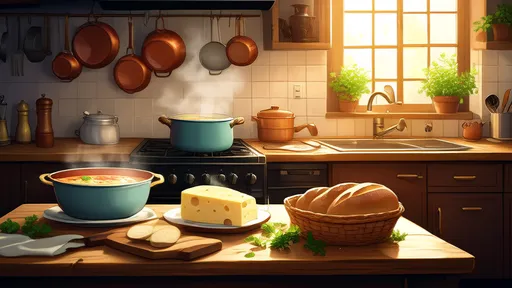
By /Aug 20, 2025
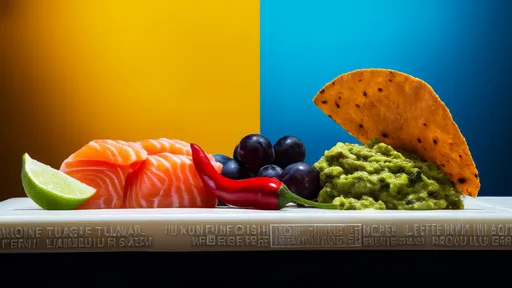
By /Aug 20, 2025

By /Aug 20, 2025

By /Aug 20, 2025
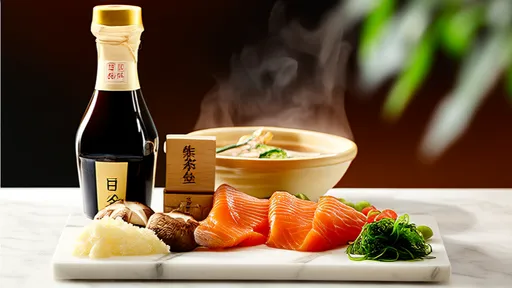
By /Aug 20, 2025

By /Aug 20, 2025

By /Aug 20, 2025

By /Aug 20, 2025
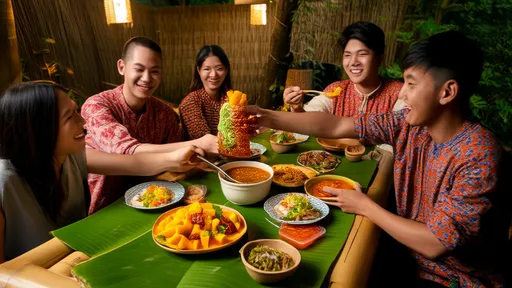
By /Aug 20, 2025

By /Aug 20, 2025
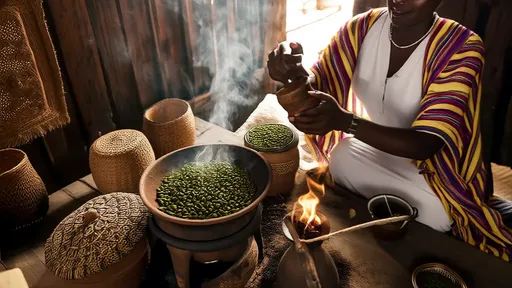
By /Aug 20, 2025
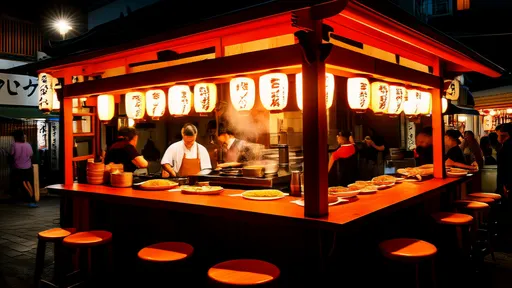
By /Aug 20, 2025
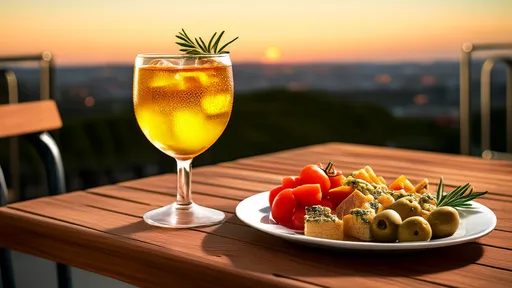
By /Aug 20, 2025

By /Aug 20, 2025

By /Aug 20, 2025

By /Aug 20, 2025
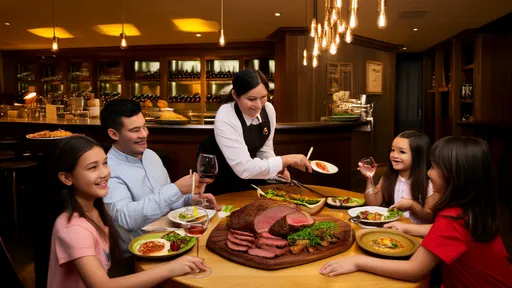
By /Aug 20, 2025

By /Aug 20, 2025